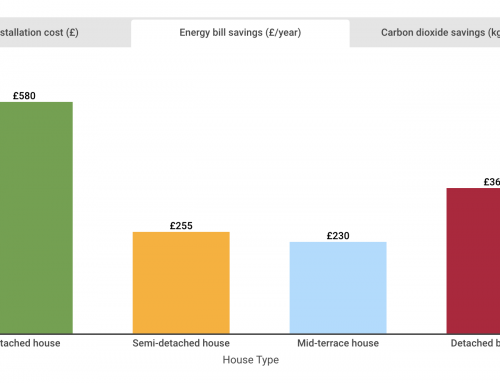The question we are often asked when it comes to older flat roofs is “how long before a leak damage causes damage?” and “what sort of damage will it cause?”. Of course, there are no absolute answers, simply that if you don’t get the leak fixed, sooner rather than later, it is going to cause you problems. Many don’t even notice the leak until the point that damage has occurred. We take a look at the damage a flat roof leak can cause and what you should do about it.
There are no hard and fast rules when it comes to how much water damage you will sustain or how quickly you will notice the issues when your flat roof is damaged. This depends on a number of factors including the type of roof you have had installed, what is underneath it, the internal drainage measures in place, the material used to build the property and the weather patterns that we are experiencing. The one common theme though is that damage will occur, and any suspected leaks need to be addressed.
Identifying a Flat Roof Leak
The first sign of a leaking roof for many is the damage it causes. You may not be aware of an issue until you start to see water marks on your walls or ceilings. When a roof is leaking, the water will look for a pathway. It could be that it finds its way down through the ceiling or via the walls. You may not even notice for a while. We don’t spend our time walking around and looking up at the ceiling. It is usually by chance that we spot something. It could go unnoticed for some time. In fact, if it is in a hidden spot, behind a wardrobe for example, it could be a long time before the leak becomes apparent perhaps because of the smell of damp.
When you do spot a leak, depending on how long it has been there, it can present as a yellowing patch or it could be much further along and be black and mouldy. Leaks that are left untreated can also cause wood to rot and perhaps even structural damage depending on the size of the leak and where it is.
Finding the Source
Once a leak has been identified, you will then start to try and find the source of the leak. Obviously, the key to this is the entry point – if it’s the ceiling or the top of the walls, its more than likely going to be the roof. If it is lower down the walls however, it could still be the roof tracking further down the inside of the walls unless you know of any water pipes or soil stacks nearby.
Fixing a Leak
This next step is crucial. You see, the longer you leave the leak, the more damage will occur. That’s not to mention the risk to health too. Mould spores can be particularly risky to those with respiratory problems and need to be fixed straight away. Any flat roof leak that has been identified needs to be assessed and repaired as soon as possible.
Of course, fixing a leak is just a short term solution. If you have an older style flat roof made of felt or fibre glass, you are better to look at replacing rather than repairing. The material used in these leaks is prone to cracking and splitting with the extremes of weather. Consider the cost of the bill for fixing the roof and the internal damage it can cause. If you don’t address it and look at a longer term solution, you are likely to encounter the same issues again.
Early Detection of Flat Roof Leaks
You don’t have to wait for your roof to leak to identify any issues. A flat roof inspection is a wise move to assess any damage, potential damage and the overall condition of your flat roof. An expert eye will be able to detect any potential problems and advise you on whether or not you need a new roof or whether your current one is structurally sound.
A New Flat Roof
In the long term, a new flat roof that is impervious to weather conditions and damage, is a much better proposition. One that will give you peace of mind and a lengthy guarantee. Fixing a flat roof leak instead of replacing the roof is like putting a plaster on a cut that needs stitches. It’s not going to get any better – only worse.
If you would like to discuss a long term, EPDM rubber flat roofing solution, we would be happy to advise. Call us on 01934 824005 to discuss your individual requirements with one of our experts.







